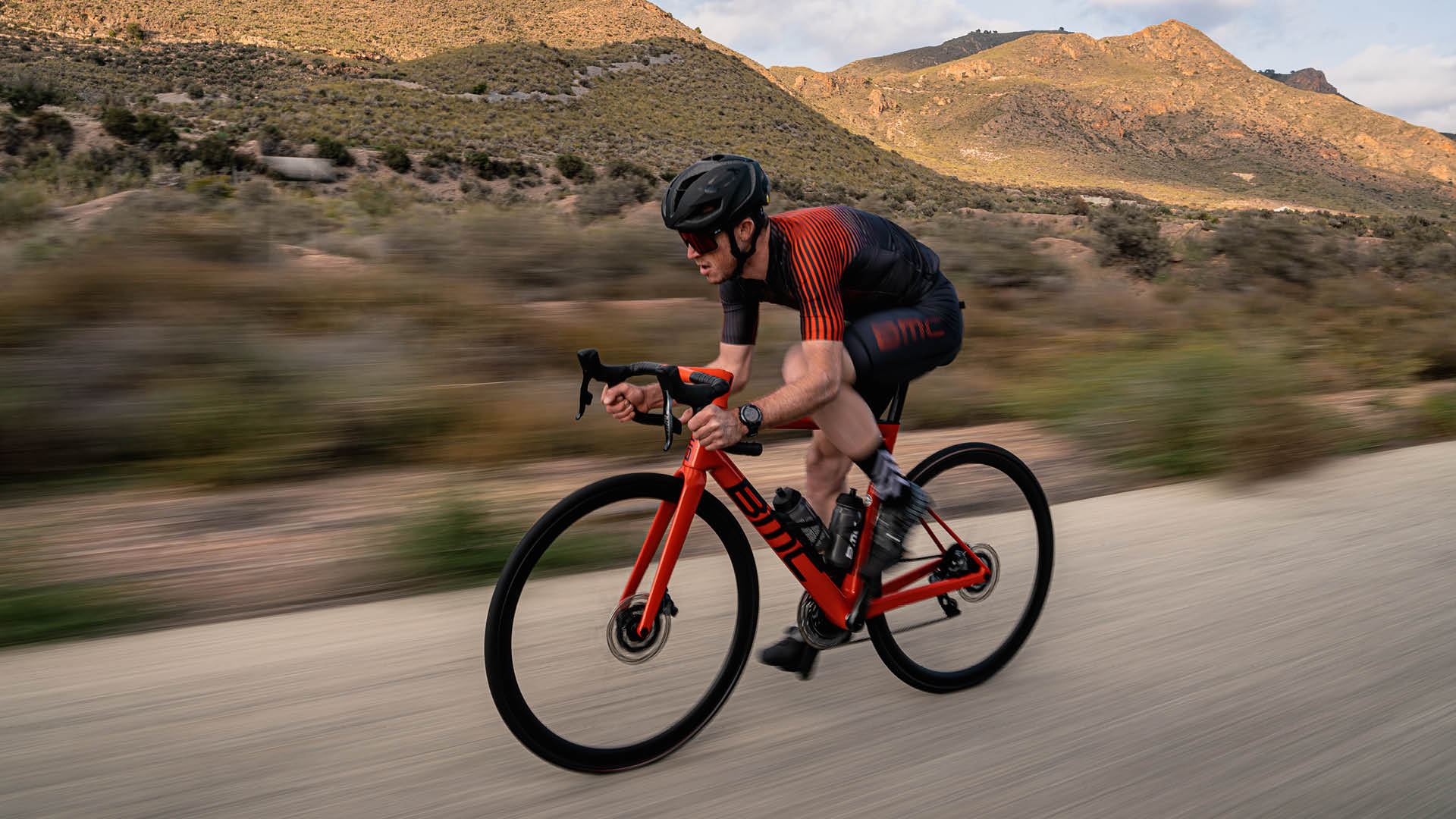
ADICTA LAB
ADICTA LAB
The performance apparel label of BMC. Designed in Switzerland and consciously crafted in Europe.
The performance apparel label of BMC. Designed in Switzerland and consciously crafted in Europe.

Jerseys
Premium performance jerseys with sustainable design, made to compliment your BMC.

Jerseys
Premium performance jerseys with sustainable design, made to compliment your BMC.

Shorts
Enhance the connection to your BMC, with our premium, technically advanced bib shorts.

Shorts
Enhance the connection to your BMC, with our premium, technically advanced bib shorts.


Performance Technologies

ADICTA LAB x BMC
Crafting high-performance cycling apparel that not only meets the demands of BMC riders but compliments their bike too.





